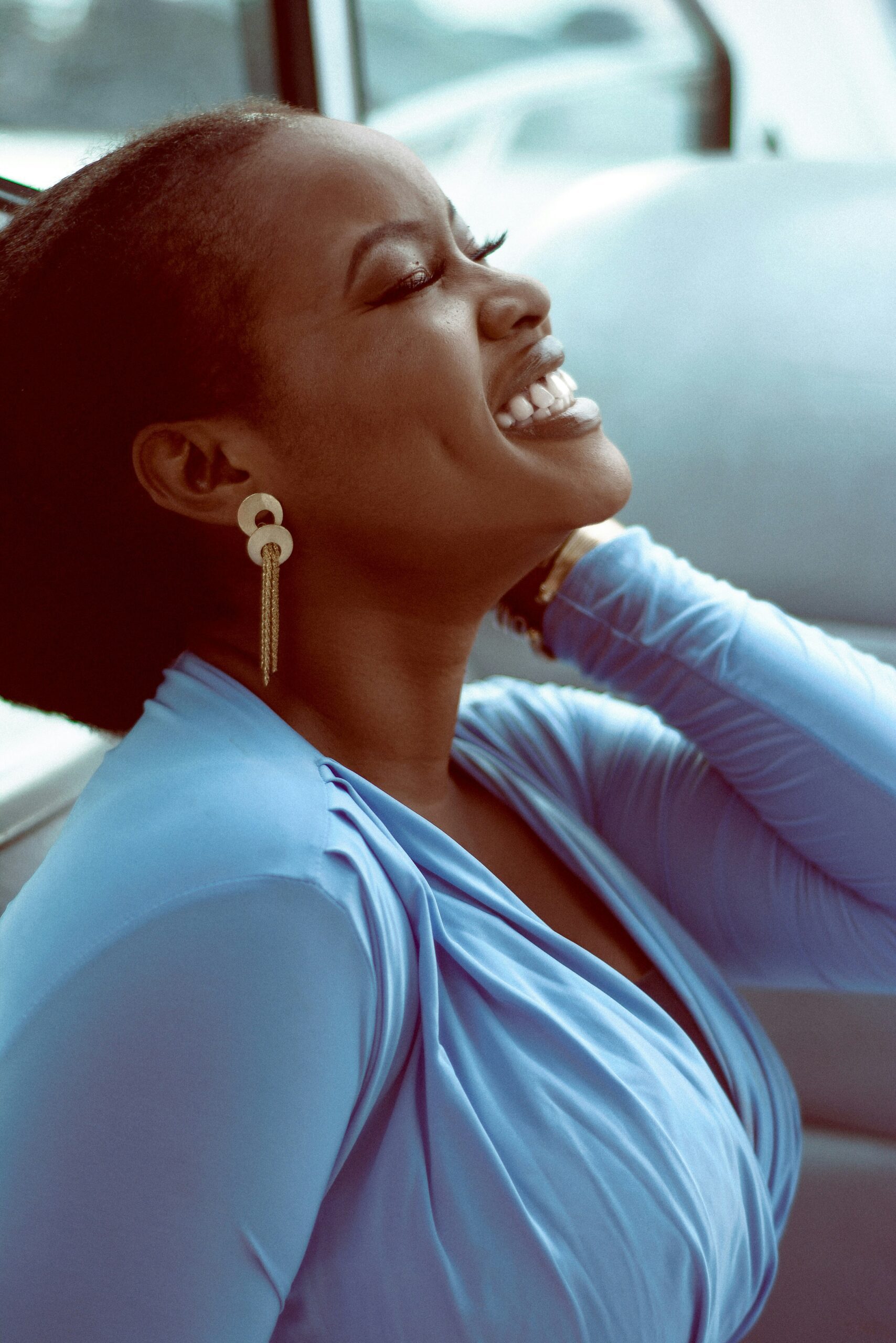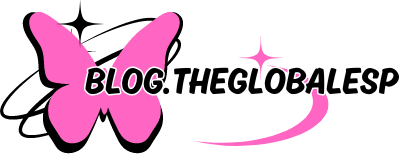

Introduction to color psychology in fashion
Color is everywhere. It surrounds us, influences our mood, and even shapes our perceptions. When it comes to fashion, the colors we choose can say a lot about who we are and how we feel on any given day. Have you ever noticed how slipping into a bold red dress makes you feel empowered? Or how a soft blue sweater brings about a sense of calm? This phenomenon is known as color psychology.
In the world of fashion, understanding color can elevate your style game by helping you express emotions, convey messages, or even set the tone for an occasion. Whether you’re dressing for work, a night out with friends, or just lounging at home, the colors in your wardrobe play a significant role in reflecting your personality and aspirations.
Let’s dive deep into this vibrant topic and explore what your outfit truly says about you through the lens of color psychology.
How colors can affect our mood and perception
Colors influence our feelings more than we might realize. They can shift our mood in a matter of moments. For instance, warm tones like red and orange often evoke energy and excitement. Wearing these colors can make us feel bold and invigorated.
On the other hand, cool hues such as blue and green promote calmness and tranquility. These shades can help soothe anxiety or stress, making them ideal for professional settings or relaxing outings.
The impact of color goes beyond personal emotions, too. It shapes how others perceive us. A bright yellow outfit may present you as cheerful and approachable, while deeper shades like black convey authority and elegance.
Understanding these effects allows us to harness the power of color in our wardrobe choices strategically.
The meaning behind popular colors in fashion
Colors have a profound impact on how we are perceived in the fashion world. Each hue carries its own unique vibe and message.
Red is bold and confident. It exudes passion and energy, making it perfect for those wanting to stand out.
Blue brings a sense of calmness. It’s often associated with trustworthiness and professionalism, ideal for business settings or formal occasions.
Yellow radiates happiness and optimism. Wearing this color can brighten your day, but too much might overwhelm others.
Green symbolizes balance and growth. This versatile shade can evoke feelings of harmony or adventure depending on its tone.
Black represents sophistication and authority, while white embodies purity and simplicity. Both colors are classic staples that fit various contexts effortlessly.
Understanding these meanings allows us to curate our wardrobes intentionally, reflecting not just style but also personality.
Choosing the right colors for different occasions
Selecting the right colors can set the tone for any event. For a job interview, wearing navy blue or charcoal gray conveys professionalism and reliability. These shades inspire confidence without being too aggressive.
Celebratory occasions call for brighter hues. Think vibrant reds or sunny yellows to express joy and enthusiasm. Such colors not only uplift your mood but also those around you.
If you’re attending a formal dinner, deep jewel tones like emerald green or royal purple exude elegance and sophistication. These sophisticated choices create an air of luxury while remaining understated.
For relaxed gatherings, soft pastels provide warmth and approachability. Light pinks or baby blues help foster a friendly atmosphere among friends.
Remember that seasonal trends can influence color selection as well; earthy tones in autumn evoke comfort, while crisp whites in summer feel refreshing. Tailoring your palette based on both occasion and season makes all the difference in how you are perceived.
Color coordination and contrast techniques
Color coordination can transform your outfit from basic to breathtaking. Understanding how colors interact is key. A harmonious palette creates a unified look, while contrasting shades can make a bold statement.
Start with the color wheel as your guide. Complementary colors—like blue and orange—can energize an ensemble. For a softer vibe, try analogous hues such as green, teal, and blue together.
Don’t shy away from neutrals either. They provide balance and allow vibrant accents to shine without overwhelming the eye.
Textures also play a role in contrast. Pairing smooth fabrics with rougher textures adds depth to any outfit.
Consider patterns carefully. Mixing prints like stripes with florals requires attention but offers an exciting visual dynamic when done right. Embrace experimentation; you might discover unexpected combinations that truly reflect your personality!
Conclusion: Embracing the power of color in your wardrobe
The world of fashion is a vibrant tapestry woven with the threads of color. Each hue carries its own unique message, influencing not only how we feel but also how others perceive us. By understanding and embracing color psychology, you can elevate your wardrobe choices to new heights.
Selecting the right colors for varying occasions allows you to express yourself authentically while making an impact. Whether it’s a bold red for confidence at a presentation or calming blues for a casual outing, every decision matters.
Color coordination enhances your style even further. Learning about contrast techniques can make outfits stand out while maintaining harmony. This balance creates visual interest and showcases your personality wonderfully.
As you experiment with different shades, remember that each color tells a story—your story. Embracing this power invites creativity into your daily life and transforms mundane moments into opportunities for self-expression through fashion choices. Your wardrobe becomes more than just clothing; it reflects who you are and how you wish to be seen in the world.
